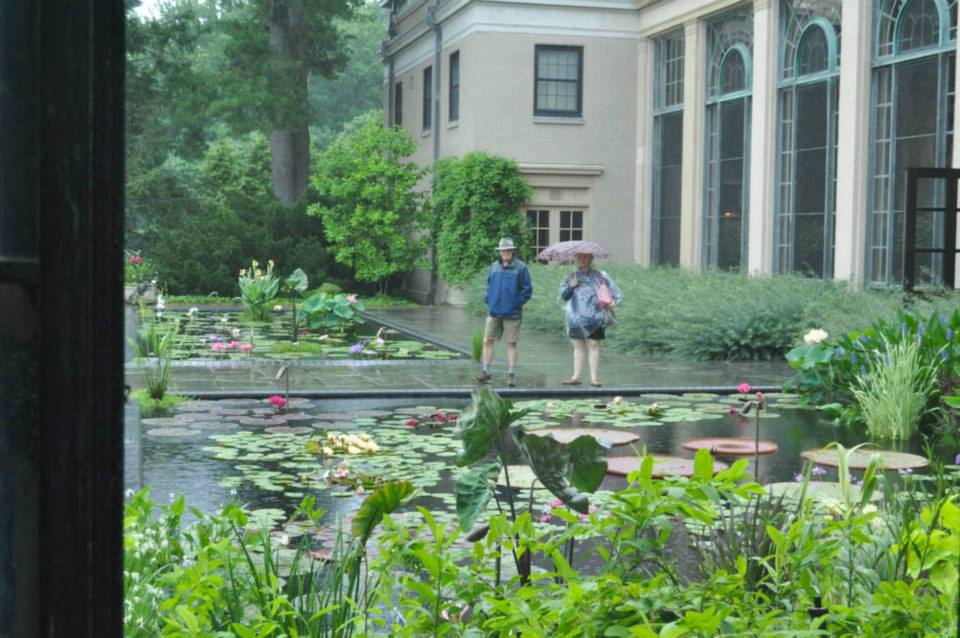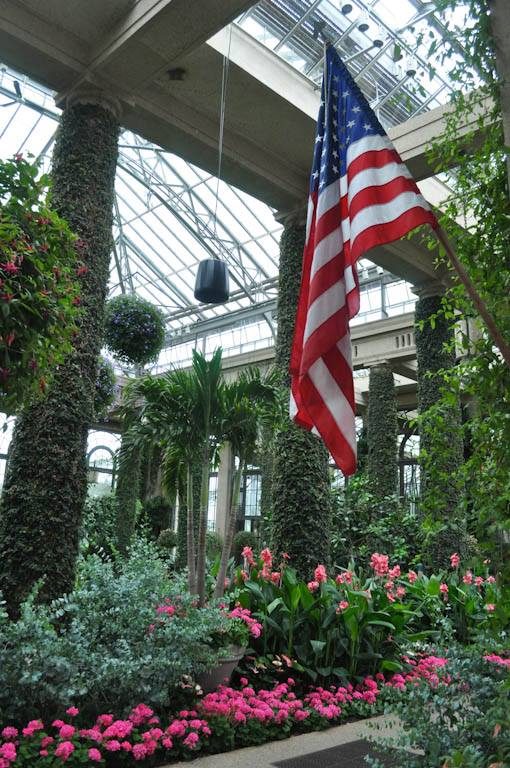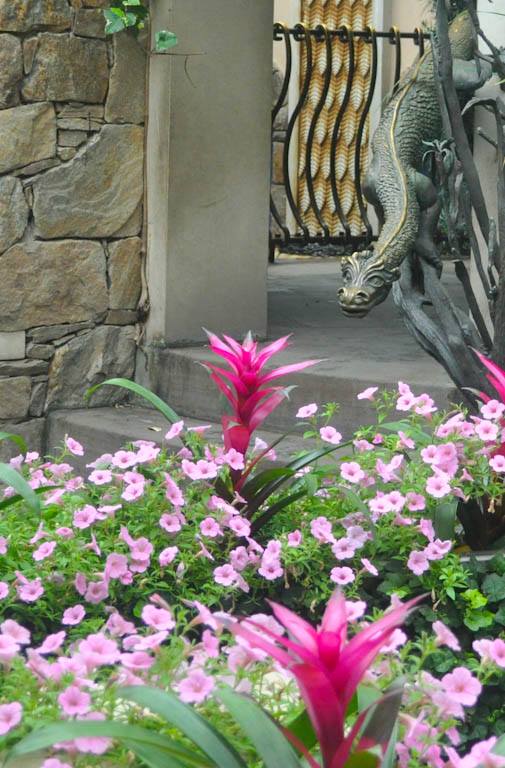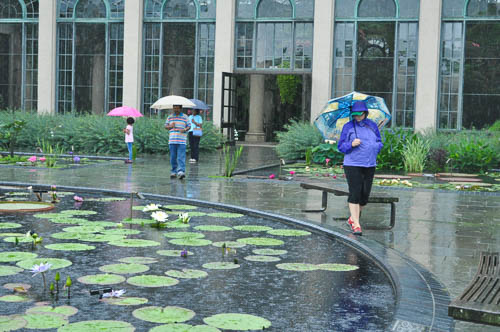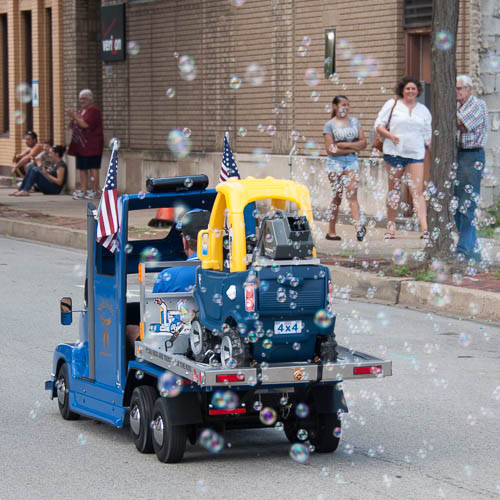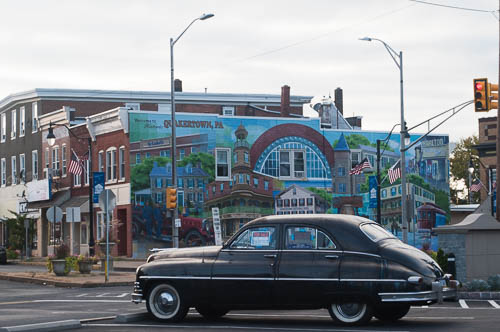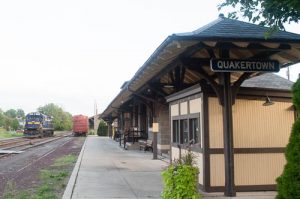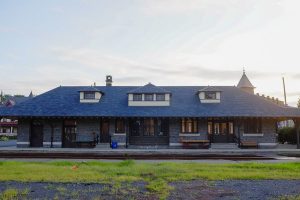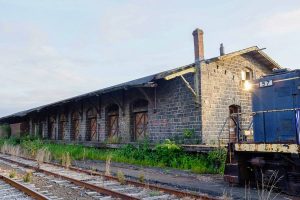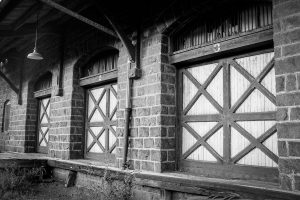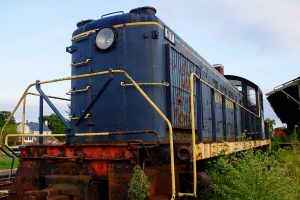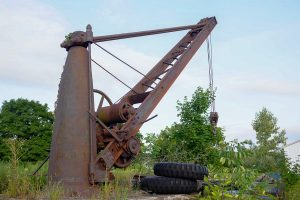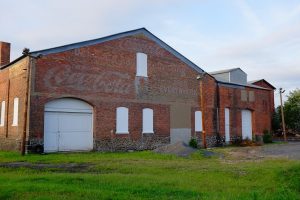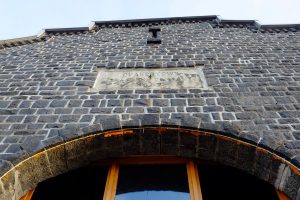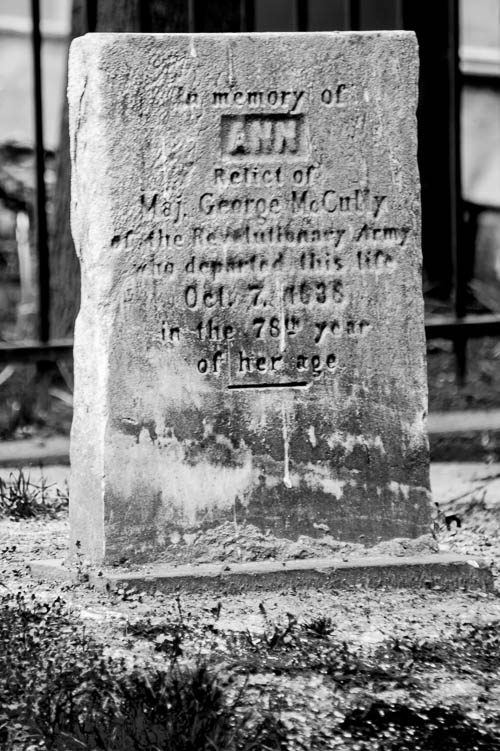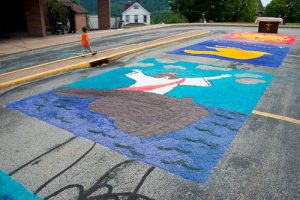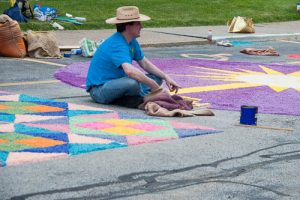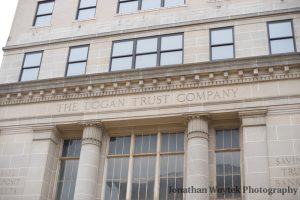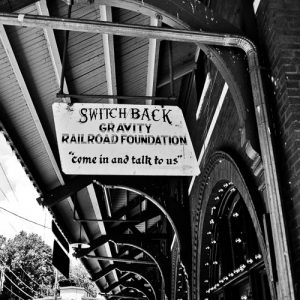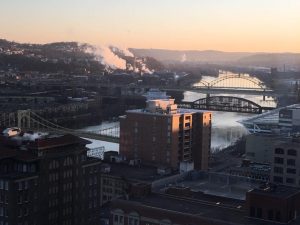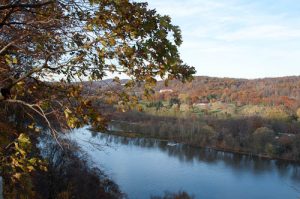
My last “play date” with my mom happened at one of the “haunted” places in Pittsburgh – The National Aviary.
First, here’s the elephant in the blog post: Why is the “National Aviary” located in Pittsburgh?
Well, this aviary started its existence as “just” the city aviary. However, in the 70’s / 80’s, the steel industry collapsed in Pennsylvania. I watched this happen because Mom grew up in Pittsburgh and we visited family in the city during my early childhood. My own relatives left the city for job opportunities outside of Pittsburgh and Pennsylvania. During this time, Pittsburgh’s tax base suffered. Pittsburgh cut its funding to its aviary.
Local citizens raised funds and campaigned to save the Pittsburgh Aviary. The United States Congress designed this as the honorary national aviary in 1993. (You can read more about this on Wikipedia.)
That Thing about the Ghosts
Per the National Aviary’s own website, the aviary sits on the site where the Western Penitentiary sat from 1826 to 1880. Did you ever hear of the Eastern State Penitentiary in Philadelphia? Well, this Western Penitentiary housed inmates in the western part of our state. (Western Penitentiary later moved a short distance downriver.)
Per Wikipedia, this original prison location at the site of the current aviary housed over 100 Confederate soldiers who were captured in 1863 during the Civil War. Several of these soldiers passed away at the prison.
Local folklore says that these soldiers still haunt the aviary.

Our Aviary Visit
I visited the National Aviary for the first time in August 2018.
See, in the past when I wanted to see animals, I visited the Pittsburgh Zoo. I live closer to the zoo. The zoo has more available free parking. The adult ticket price for the zoo matches the adult “base” ticket price for the aviary. (I will elaborate more on this shortly.)
In August, my sister, E.R., reached out to me about Mom. We knew then that Mom had cancer. We didn’t know that she would get significantly sicker in just a few weeks. E.R. drove up from Virginia that week in August to visit Mom and to take her on a “play date” in Pittsburgh.
Mom chose the aviary.
You see, Mom used to baby-sit the son and daughter of a woman who grew up with my sister K. The little girl for which my mom baby-sat talked about her family’s trips from Somerset County to Pittsburgh to visit the aviary. The little girl spoke often about a particular aviary penguin, Tribby. She drew my mom a picture of Tribby the Penguin.
E.R. offered to drive Mom to the aviary and also to pick me up along the way. So, the three of us visited the aviary in early August.

I shall mention here the things that irritated me about my only trip to the aviary:
The Parking
As I mentioned above, I like the parking options at the Pittsburgh Zoo much better than I like the parking options at the National Aviary. We had trouble finding the aviary’s designated parking lot. We got confused by a road closure caused by a bridge replacement. E.R. had to drive around the aviary several times in order to find a parking spot on the street, and then she had to pay for the spot.
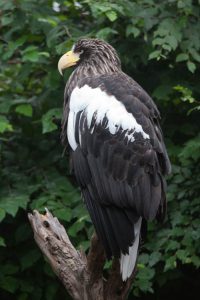
The Aviary’s Not-Subtle Efforts to Raise Funds by Looking under the Couch Cushions for Loose Change
The “base” price for admission does NOT include a laundry list of special shows and feedings that occur during the day. These each require individual special tickets that must be purchased at the front admission desk.
For instance, after we bought our regular admission tickets, we walked almost to the other end of the facility. Mom then mentioned that she really wanted to see that day’s free-flight raptor show. I looked at the aviary schedule of events and realized:
1.) The free-flight raptor show started in five minutes, and;
2.) The free-flight raptor show required an additional ticket that cost $5 per person.
So, the three of us hoofed it across the aviary back to the admission desk. The attendant at the admission desk radioed the staff that ran the raptor show. They agreed to delay the start of the raptor show until we three showed up for it. We purchased our additional tickets, and a staff member escorted us to the raptor show to ensure that we would find it before it started.
I really appreciate the staff’s extra effort so that we were able to watch the raptor show. At that moment, I didn’t fully realize that our day out at the aviary would be my very last “field trip” with Mom before she passed away. Mom enjoyed the raptor show. This is the most important thing. And honestly, I am privileged enough that an extra $5 per person on top of the regular ticket price won’t kill my finances.
The key word being: privileged.
But I am the oldest of my parents’ five kids. I remember when my parents had to carefully budget for every family outing. Even a trip to the county fair was a notable expense for my parents when they had to purchase tickets and food for multiple kids.
I got a little bit irritated that the aviary staff constantly advertised the “extras” that all required extra tickets as part of their speeches during the free events. I imagine that parents with multiple children and limited funds might get frustrated explaining to their kids why they can’t purchase tickets for the multiple “extra events” that the staff peddle.
I understand that the aviary most likely has limited funding sources and significant expenses. It can’t be cheap to provide food and medical care for all of those birds! However, when I visit Phipps Conservatory or the zoo, I don’t receive constant sales pitches. For instance, I have an annual membership to Phipps and I KNOW that Phipps rents out many of its rooms for special events. However, the staff at Phipps don’t tell me about this every time that I visit Phipps. I heard all about the aviary’s availability for event rental as I watched free events.
(My husband used to work for a Catholic school where we heard parents and alumni complain that they felt nickel-and-dimed for every school event. During this very first trip to the aviary, it seemed to me as if the aviary has the same business model.)
This rant makes me sound cranky. However, some of my siblings and siblings-in-law have multiple kids each. Some of these siblings read my blog. So, you just read my thoughts on how the aviary’s pricing model could affect families.
(LOL: Tribby the Penguin is named after a corporate sponsor!)

Tomorrow is Thanksgiving Day.
I am thankful that E.R., Mom, and I had such a good trip to the aviary back in August, before Mom ended up in the hospital for pneumonia.
I am thankful that the aviary staff slightly delayed the start of the raptor show so that we could take Mom to it.
I am thankful for the aviary’s free penguin feeding. Mom got to see Tribby the Penguin eat. On the way home, Mom talked about Tribby as if Tribby were a celebrity.
I am thankful to E.R. for driving Mom to Pittsburgh that day.
Here’s Part 2 of my trip to the aviary.
